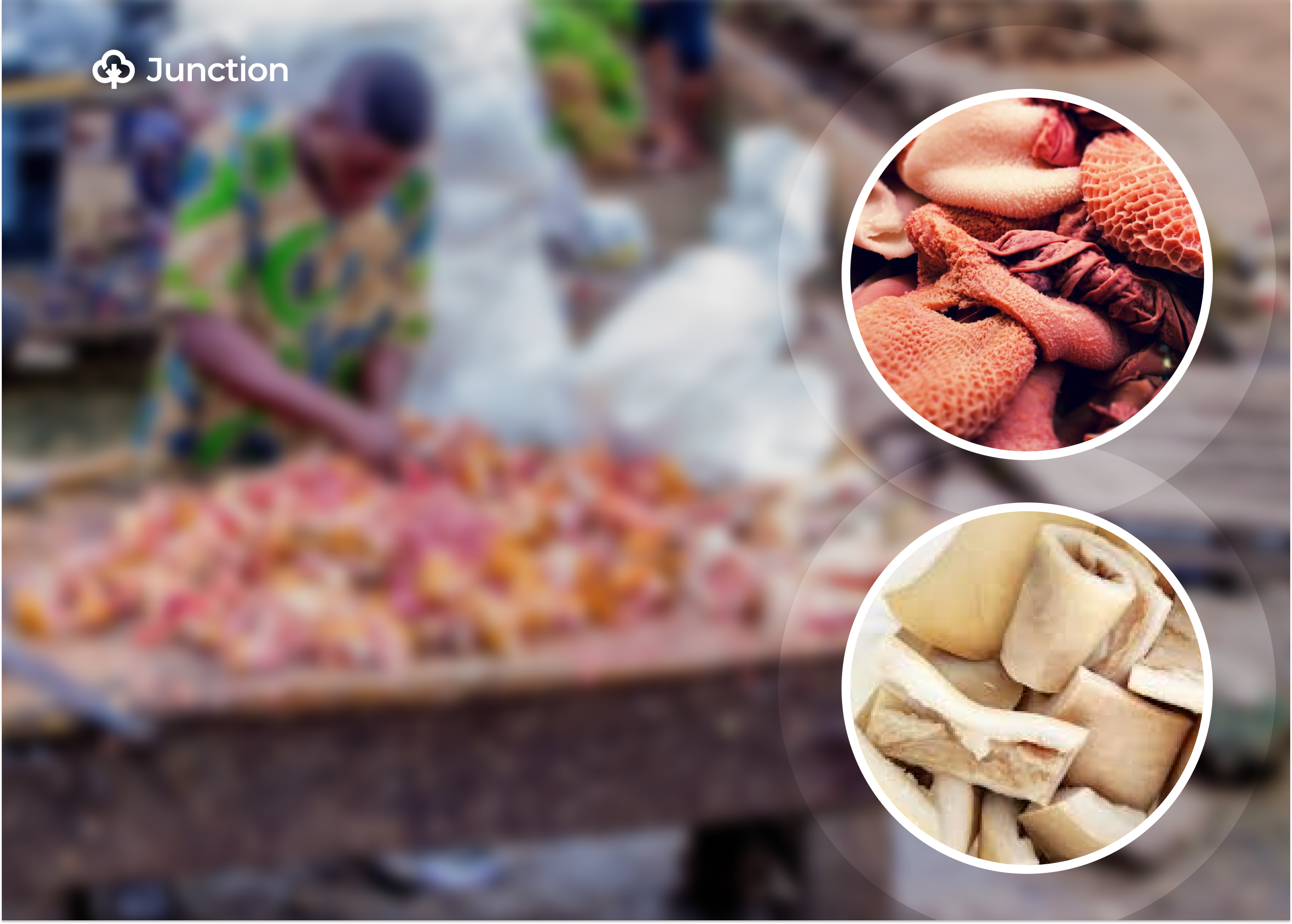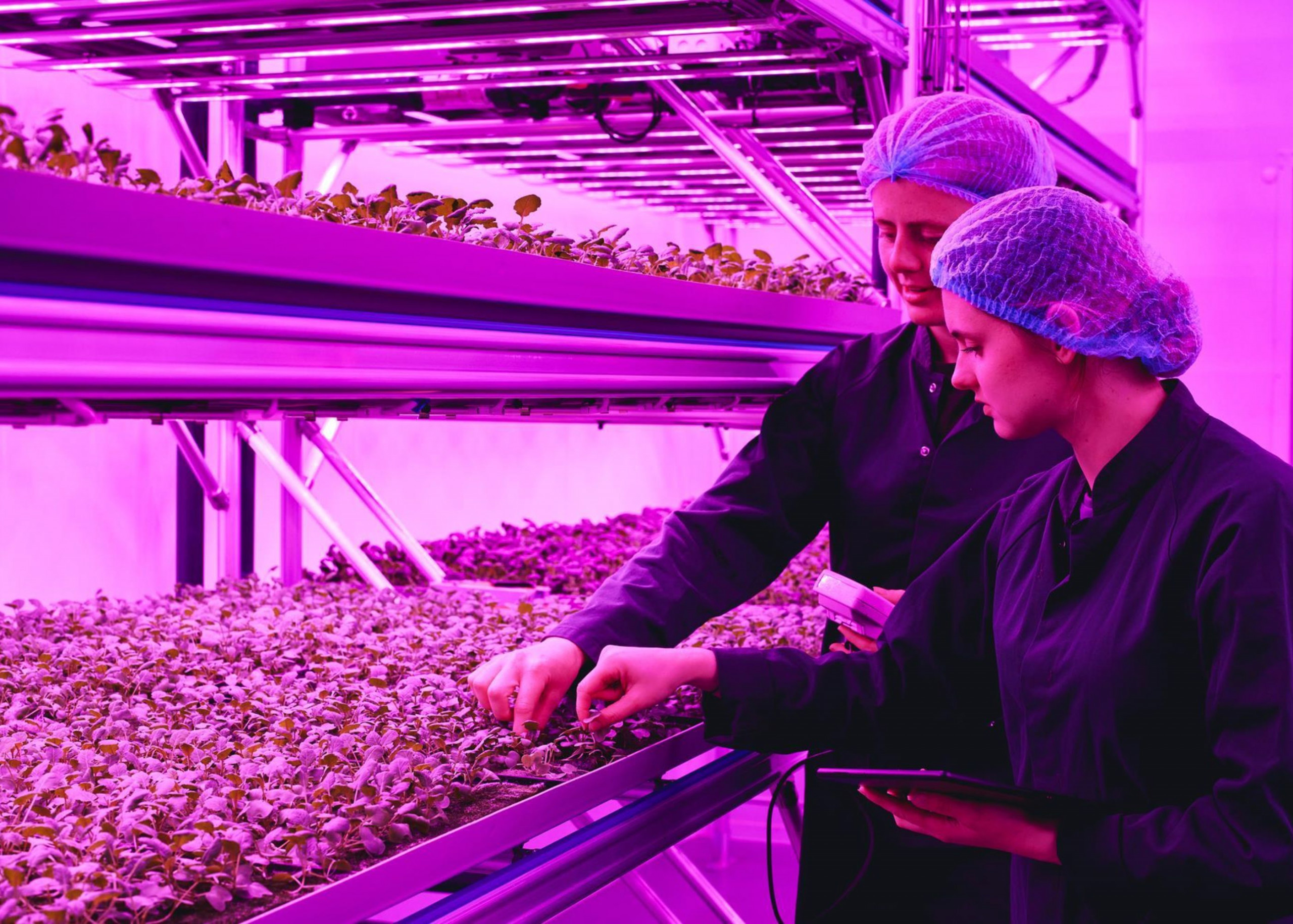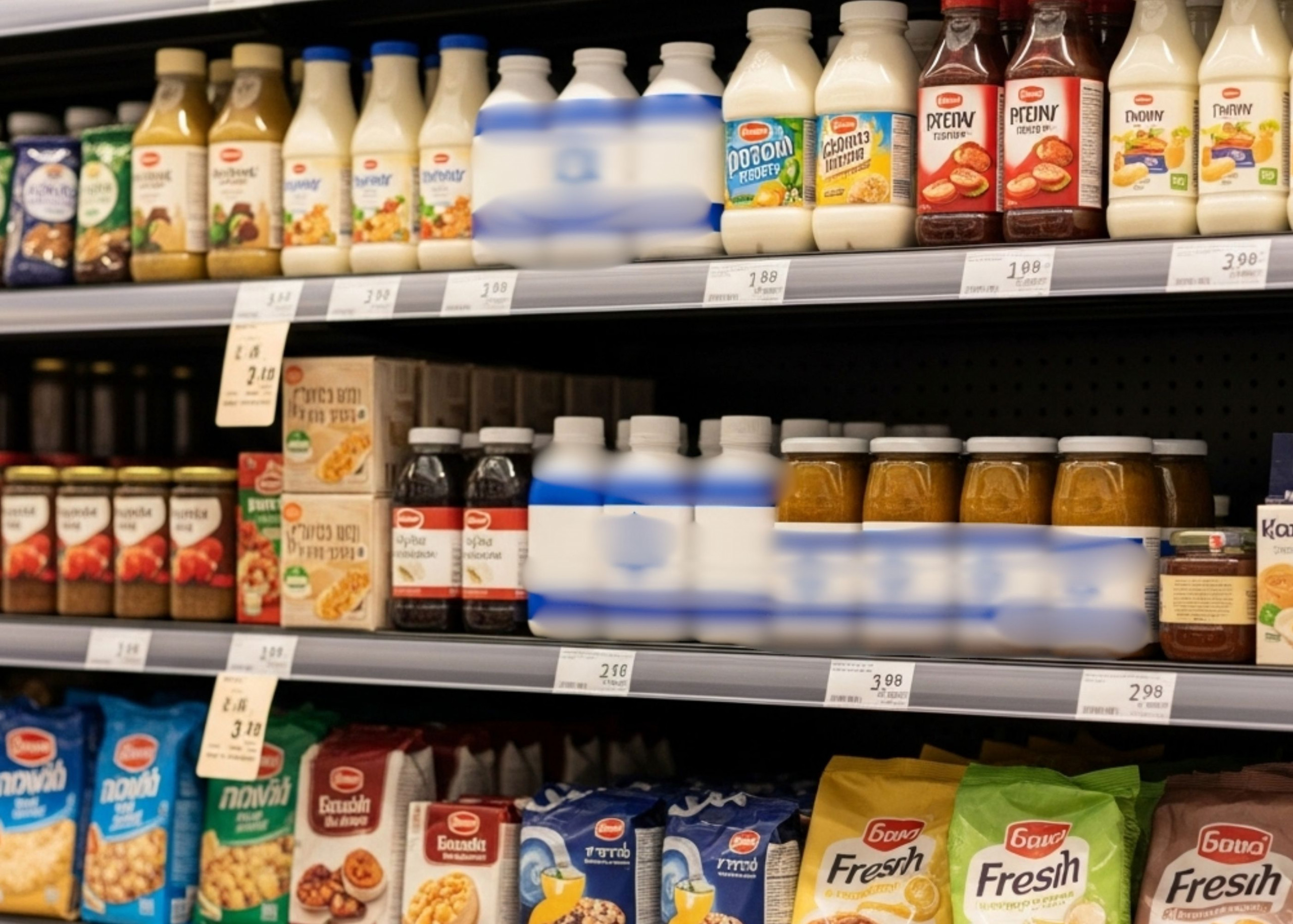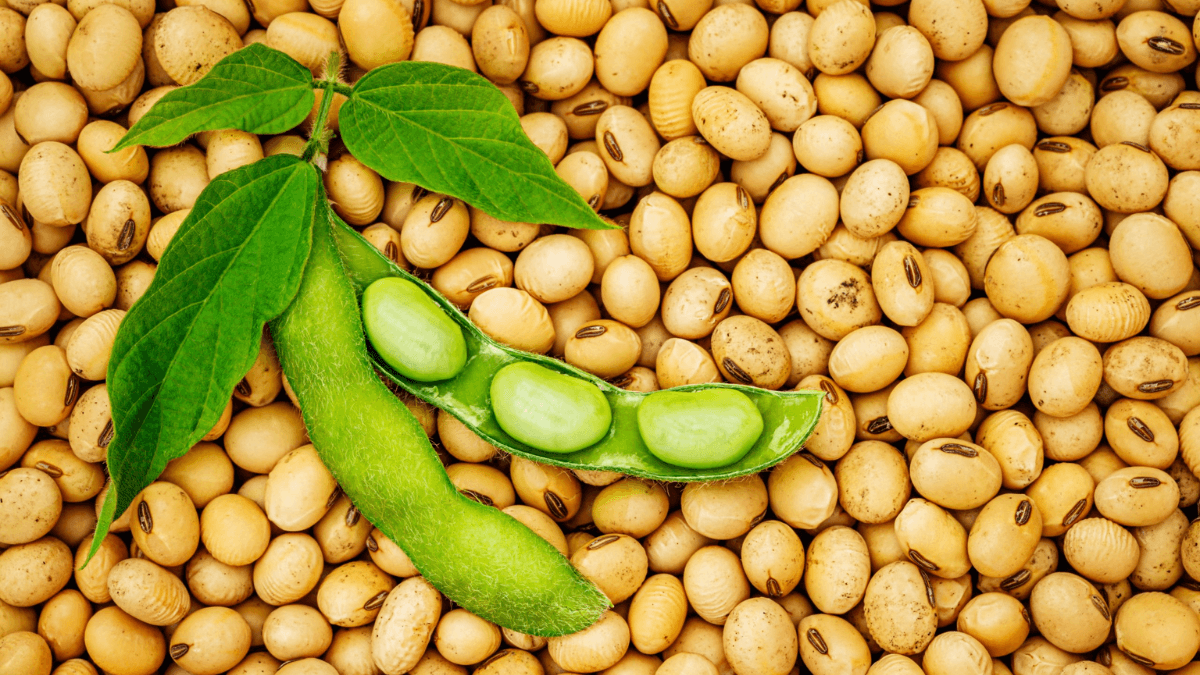News in Brief:
– Rising beef prices in Nigeria are forcing consumers and restaurants to rely on cheaper, less nutritious alternatives like cow skin (ponmo) and offals.
– This situation highlights the urgent need for government intervention to support local livestock farmers and stabilise food prices.
Skyrocketing beef prices continue to reshape the Nigerian food landscape, impacting households, restaurants, and even the market for less conventional protein sources.
Consumers, priced out of traditional beef dishes, are increasingly turning to alternatives like cow skin (popularly known as ponmo), pork, and offals.
However, even these once-cheaper options are now experiencing price increases due to the surge in demand. Chicken prices also remain stubbornly high, offering little relief.
The rising cost of beef and chicken
Market surveys across major Nigerian cities reveal the stark reality. The price of beef has nearly doubled in the past year, driven by a complex mix of factors. These factors include rising costs of cattle feed, transportation challenges, effects of banditry on agrarian communities, and fluctuating exchange rates.
Specifically, the retail price for beef now ranges from between ₦6,000 to ₦8,000 or even more. Generally, the price of a full cow, which used to cost less than a million naira two years ago, now hovers close to ₦1.5 million in the northern region, to almost ₦2 million in the South.
Prices of chicken also vary, but for reference, a lap of frozen chicken sells for ₦1,500 in most markets visited by this publication.
Impact on restaurants and food businesses
Effectively, this surge has had a cascading effect, impacting everyone from families at the dinner table to restaurant owners struggling to stay afloat, and even the ponmo sellers in the bustling markets.
Olugbenga Adejo, the owner of a popular restaurant in the Ojo area of Lagos State, explains that the high price of beef has led to the exploration of cost-effective options.
“Beef is the heart of many of our dishes,” he notes. “However, with these prices, I can barely afford it. And where available, the costs always seem too much to bear for our regulars. A piece of meat here is ₦500, up from ₦200. This, of course, has led to a lot of complaints from customers, and I understand. They’re looking for affordable options, but as you know, there is little we can do in that regard. Even chicken is expensive. Consequently, we are now using more ponmo and shaki, but even those prices are going up.”
Another operator of a popular roadside eatery, Iyabo Edun, echoes Adejo’s sentiments.
“We are trying our best to balance affordability with quality,” she says. “But it’s a difficult situation. We are losing customers who can no longer afford to eat out regularly, and we are struggling to make a profit. Something needs to be done.”
Customer complaints and changing dishes
Consequently, many restaurants are now forced to reduce the portion sizes of beef in their dishes or remove them entirely, replacing them with cheaper alternatives. This substitution sometimes draws complaints from customers who feel they are not getting value for their money.
“I ordered a stew expecting chunks of beef, but what I got was mostly ponmo and fat,” laments Adebayo, a regular restaurant patron. “It wasn’t the same. The taste was different, and honestly, I felt cheated. I understand things are expensive, but restaurants shouldn’t compromise on quality like this.”
Nutritional concerns and the ponmo market
Meanwhile, the increasing reliance on ponmo and offals, while providing some protein, raises nutritional concerns. Experts warn that these alternatives, while cheaper, do not offer the same nutritional value as beef.
The high-fat content in some of these substitutes is also a growing concern. The National Agency for Food and Drug Administration and Control (NAFDAC) once issued an advisory against the consumption of ponmo, due to its potential to contain harmful toxins, especially at the point of preparation.
Even the ponmo market is feeling the pinch. Increased demand has led to a corresponding increase in price. Alhaja Amina, a seller in Iyana Iba market in Lagos, concurs.
“Business has been good, more people are buying ponmo, but even I have had to increase my prices. The cost of the item has gone up because more people are now competing to buy them. It’s simple economics – more demand, higher price,” he revealed.
Impact on households
This surge in ponmo prices is further squeezing already stretched household budgets. What was once a significantly cheaper alternative is now becoming less accessible.
“We used to buy ponmo because it was affordable,” says Olakunle Oluranti. “Now, even that is becoming expensive! Where are we supposed to turn?”
In general, the situation stresses the urgent need for government intervention. Relief measures, according to experts, include providing initiatives to support local livestock farmers, improve infrastructure to reduce transportation costs, and explore strategies to stabilise food prices.



